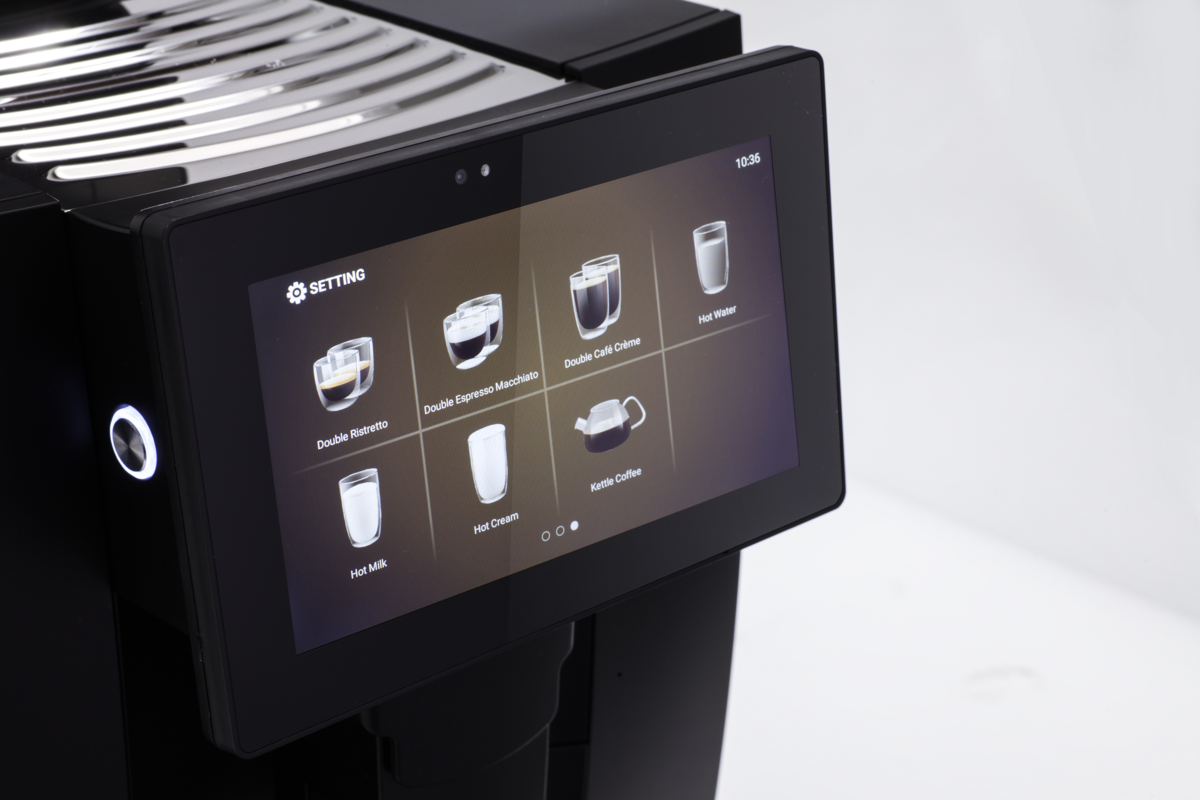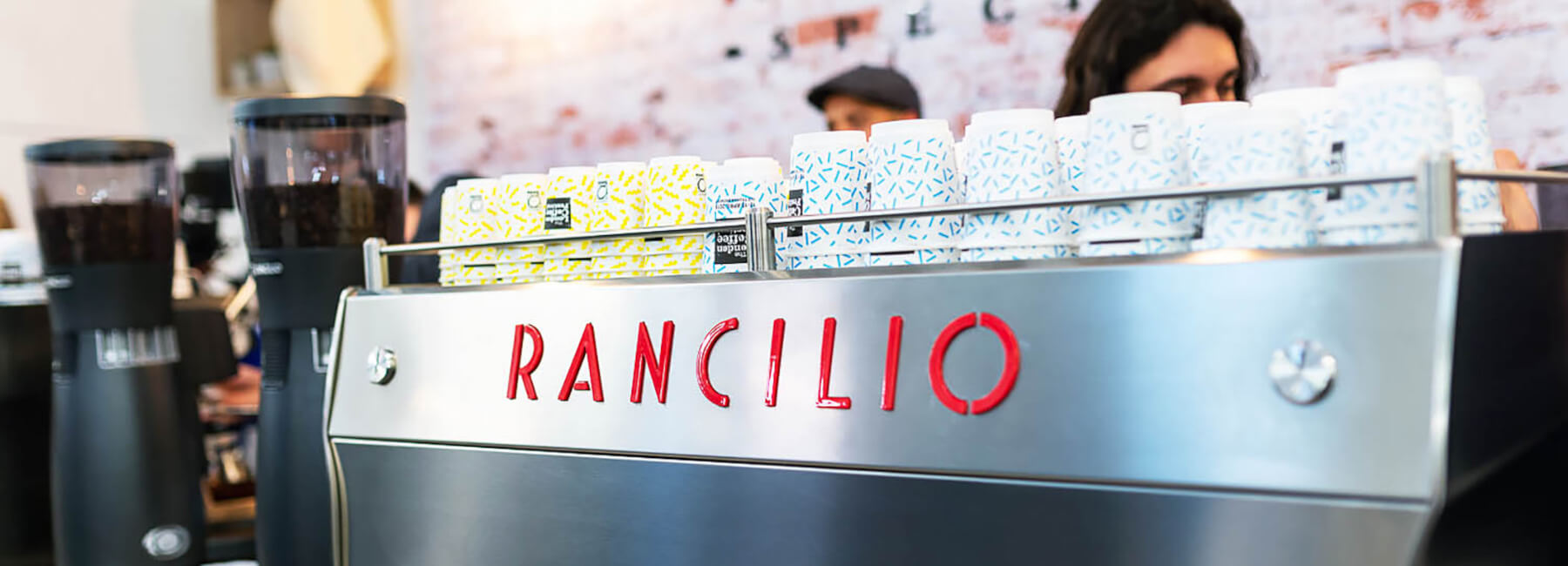
Time for a refresh
The more eagle-eyed amongst you will notice that Verde Coffee has recently undergone a brand refresh. The original Verde branding was created almost 24 years ago, and whilst it has served us well and we will miss it, we felt it was time for a more up-to-date look.
Back in 1996 when Verde Coffee first started selling coffee and traditional espresso machines to cafes the flat white was largely unknown and a filter coffee percolator was considered the height of sophistication in most restaurants. A lot has changed in the industry since then, coffee is the second most sought-after commodity in the entire world, with an industry that is worth over $100 billion across the globe.
So to mark the occasion we thought we’d include some of the more interesting facts about our much loved beverage:
The drink dates back to 800 A.D
Legend has it that 9th-century goat herders noticed the effect caffeine had on their goats, who appeared to "dance" after eating the fruit of the Coffea plant. A local monk then made a drink with the produce and found that it kept him awake at night, thus the original cup of coffee was born.
Coffee beans are technically seeds
They're the pits of the cherry-like berries found on the flowering shrubs, but we call them "beans" because of the resemblance to legumes.
And you can eat coffee cherries as a food
Early on, people mixed coffee berries with fat to create an energy-rich snack ball, according to PBS. They would also ferment the pulp to make a wine-like drink (yum!?).
Brazil grows the most coffee in the world
Today, Brazil produces about third of the world's supply, according to the International Coffee Organization, about twice as much as the second place holder, Vietnam.
Espresso means "pressed out" in Italian
This refers to the way espresso is made — forcing boiling water through pressed coffee grounds. And although espresso has more caffeine per volume than coffee, it would take three shots to equal the amount in a regular cup of joe.
The world's most expensive coffee can cost more than $600 a pound
One of the most coveted varieties comes from the feces of an Asian palm civet. The cat-like creature eats fruit including coffee cherries, but is unable to digest the beans. The excreted seeds produce a smooth, less acidic brew called kopi luwak, but the means of production has drawn criticism from animal welfare activists.
Multiple people have tried to ban coffee
Back in 1511, leaders in Mecca believed it stimulated radical thinking and outlawed the drink. Some 16th-century Italian clergymen also tried to ban coffee because they believed it to be "satanic." However, Pope Clement VII loved coffee so much that he lifted the ban and had coffee baptized in 1600.
Even as recently as the 18th century, the Swedish government made both coffee and coffee paraphernalia (including cups and dishes) illegal for its supposed ties to rebellious sentiment.
Coffee drinkers tend to live longer
Research has linking moderate consumption (about three to four cups per day) with a longer life span, plus a reduced risk of cardiovascular disease, type 2 diabetes and Parkinson's, according to Harvard Health Publishing.
The largest cup of coffee ever filled a 9-foot tall cup
The 3,487-gallon serving earned a Guiness World Record in 2012.
The word "coffee" comes from the Arabic word for "wine"
Qahwah later became kahveh in Turkish, and then koffie in Dutch, which is where we get the English word coffee.


